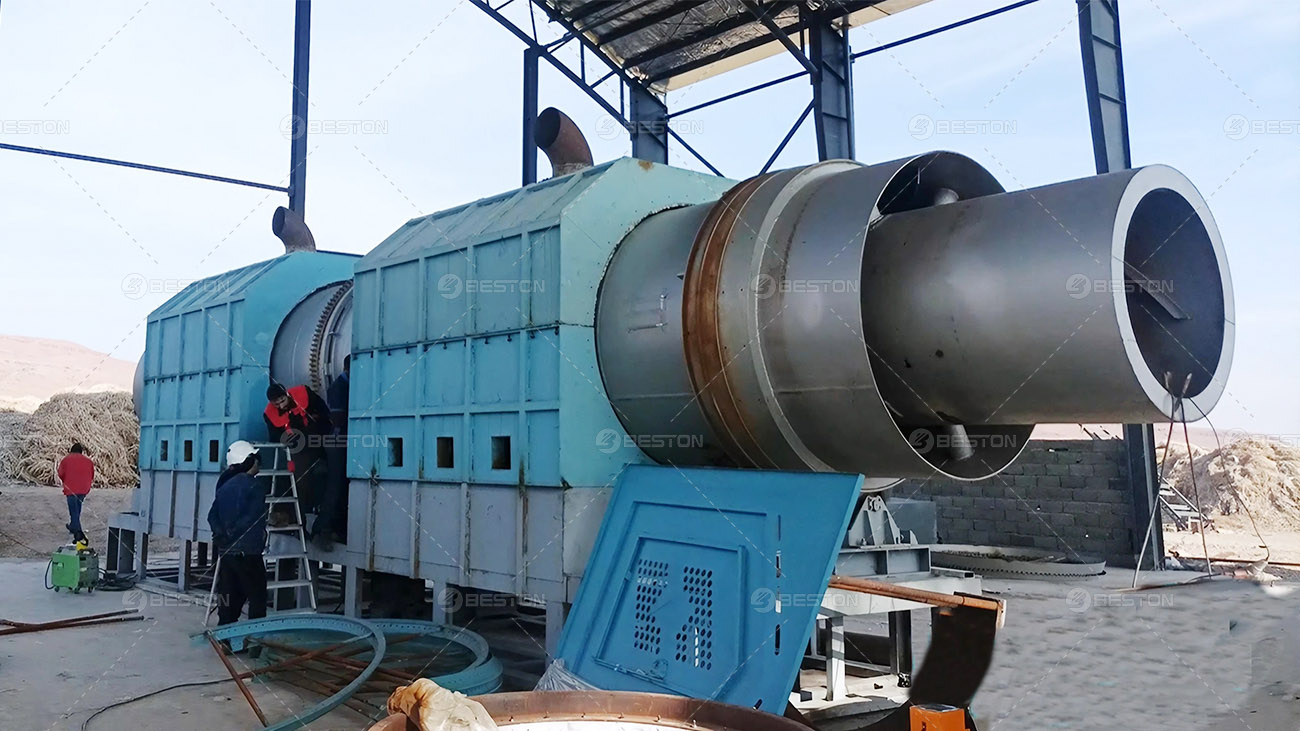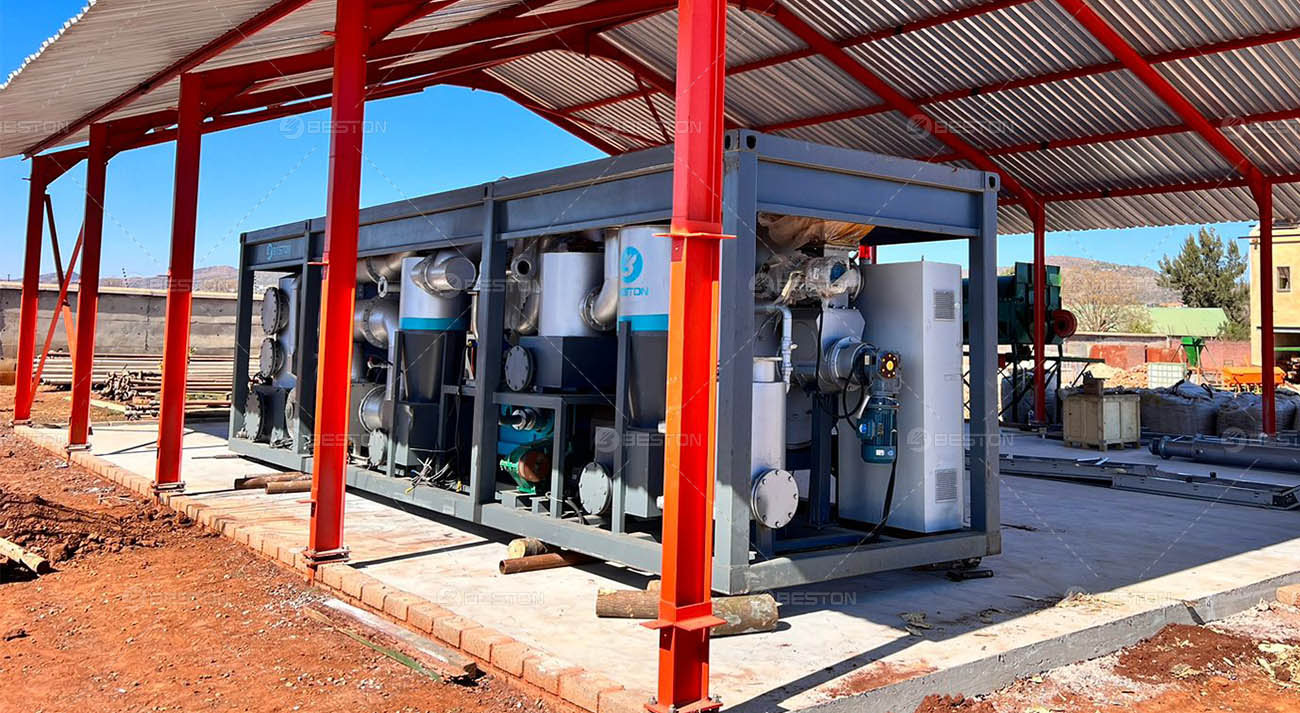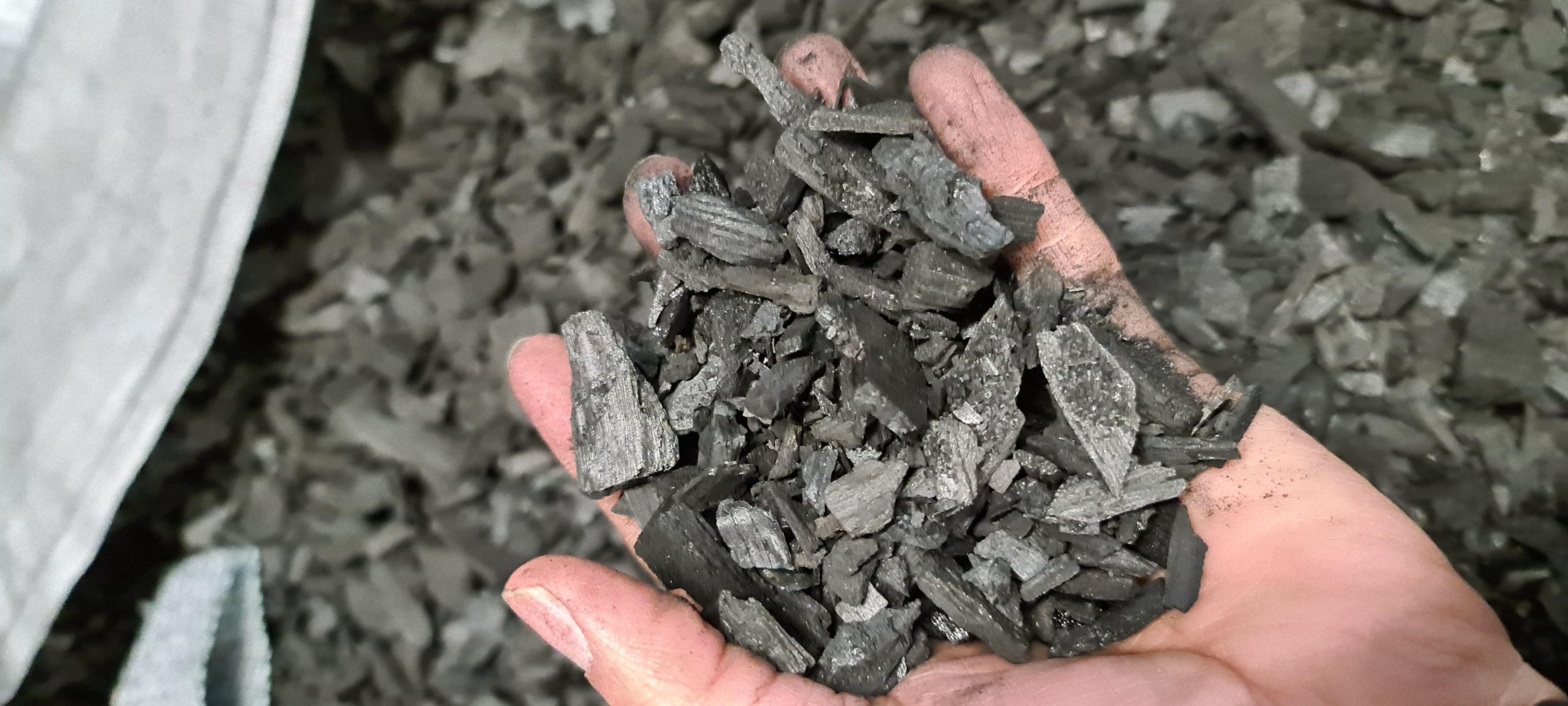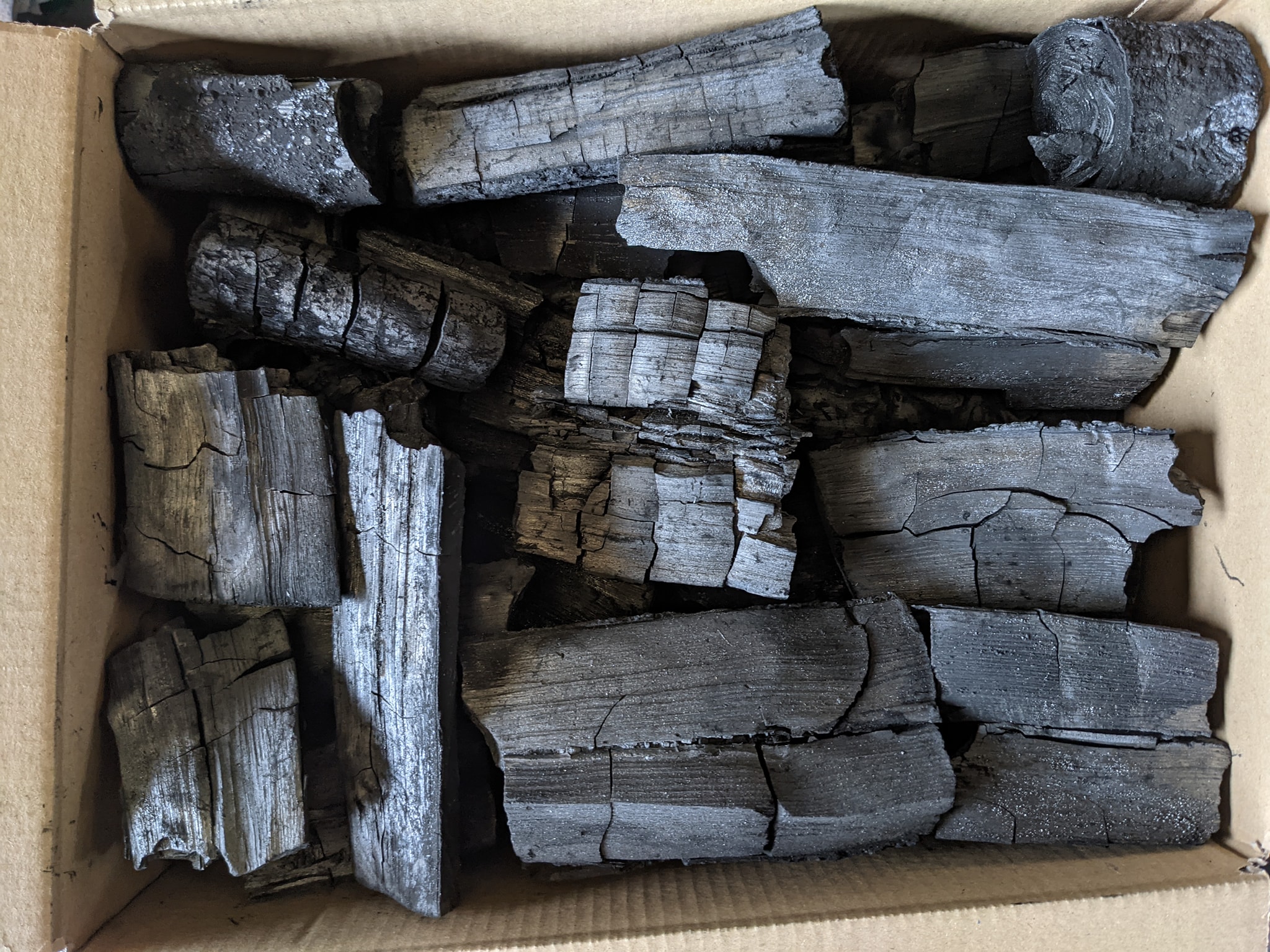In the dynamic landscape of sustainable waste management, the integration of biomass pyrolysis technology emerges as a pioneering force, propelling wood processing waste recycling toward the realms of a circular economy. This article explores the transformative capabilities of biomass pyrolysis, particularly when harnessed through cutting-edge technologies like the wood charcoal making machine.

Unleashing the Potential of Biomass Pyrolysis
A Symphony of Transformation
Biomass pyrolysis is not merely a process; it’s a symphony of transformation, where organic materials undergo thermochemical decomposition in the absence of oxygen. This orchestrated dance of heat and absence gives rise to valuable byproducts like biochar, bio-oil, and syngas.
Wood Processing Waste: A Circular Economy Conundrum
Wood processing, an integral part of various industries, generates substantial waste. Conventional disposal methods often fall short in harnessing the latent energy and carbon locked within this waste. Here steps in the potential of biomass pyrolysis plant to revolutionize the fate of wood processing residues.
Navigating the Landscape of Biomass Pyrolysis Technology
1. Advanced Reactor Design:
At the core of biomass pyrolysis lies the reactor, a vessel where the intricate dance of thermal decomposition unfolds. Advanced reactor designs, often integral to a modern biomass pyrolysis plant, optimize heat distribution, ensuring maximum yield and efficiency.
2. Integration of Catalysts:
Cutting-edge biomass pyrolysis technologies often incorporate catalysts, elevating the efficiency of the process. Catalysts enhance the kinetics of pyrolytic reactions, leading to higher biochar quality and improved resource recovery.
3. Synergy with Wood Charcoal Making Machine:
The evolution of waste recycling takes a leap forward with the integration of a wood charcoal making machine. This sophisticated machinery aligns seamlessly with biomass pyrolysis, converting the carbon-rich residues into high-quality wood charcoal, a valuable resource in its own right.
The Circular Economy Nexus
1. Biochar as Soil Amendment:
The biochar produced through biomass pyrolysis becomes a cornerstone in the circular economy loop. When used as a soil amendment, biochar enhances soil fertility, sequesters carbon, and fosters sustainable agricultural practices.
2. Bio-Oil for Energy Production:
Bio-oil, another offspring of biomass pyrolysis, finds purpose in energy production. Its application in bioenergy systems contributes to the circular economy by creating a closed loop where wood processing waste becomes a feedstock for energy generation.
3. Syngas for Heat and Power:
Syngas, a synthesis gas rich in hydrogen and carbon monoxide, derived from biomass pyrolysis, steps into the energy arena. Utilized for heat and power generation, syngas completes the circularity by transforming waste into a source of renewable energy.
Technological Advancements: Paving the Way Forward
1. Real-Time Monitoring Systems:
The integration of real-time monitoring systems in biomass pyrolysis plants enhances operational control. Continuous feedback mechanisms ensure optimal conditions, contributing to both efficiency and safety.
2. Scalability and Modular Designs:
Modern biomass pyrolysis technologies boast scalability and modular designs. This flexibility allows for the adaptation of the technology to varying scales of wood processing operations, promoting widespread adoption.
Economic Viability and Environmental Stewardship
1. Economic Benefits Beyond Wood Processing Waste:
The economic viability of biochar production equipment extends beyond addressing wood processing waste. By transforming residues into valuable products, it establishes a revenue stream and offsets operational costs, making it economically attractive.
2. Reduced Environmental Footprint:
Biomass pyrolysis technology minimizes the environmental footprint associated with conventional waste disposal. The closed-loop approach, where wood processing waste is transformed into beneficial resources, aligns with the principles of environmental stewardship.

The Future Landscape: Circular and Sustainable
In envisioning the future of waste recycling, the symbiosis of biomass pyrolysis technology and the wood charcoal making machine stands as a testament to innovation’s potential. It is a journey from linear waste management to circular resource utilization, where each step resonates with economic prudence and environmental responsibility. Join Beston Group, the leader in the biomass recycling industry, to get more solutions.
As industries navigate the intricate dance of waste transformation, the integration of biomass pyrolysis technology becomes a beacon, illuminating the path toward a circular economy. In this nexus of technological prowess and sustainable practices, wood processing waste emerges not as a burden but as a valuable resource waiting to be unleashed through the transformative power of biomass pyrolysis.

